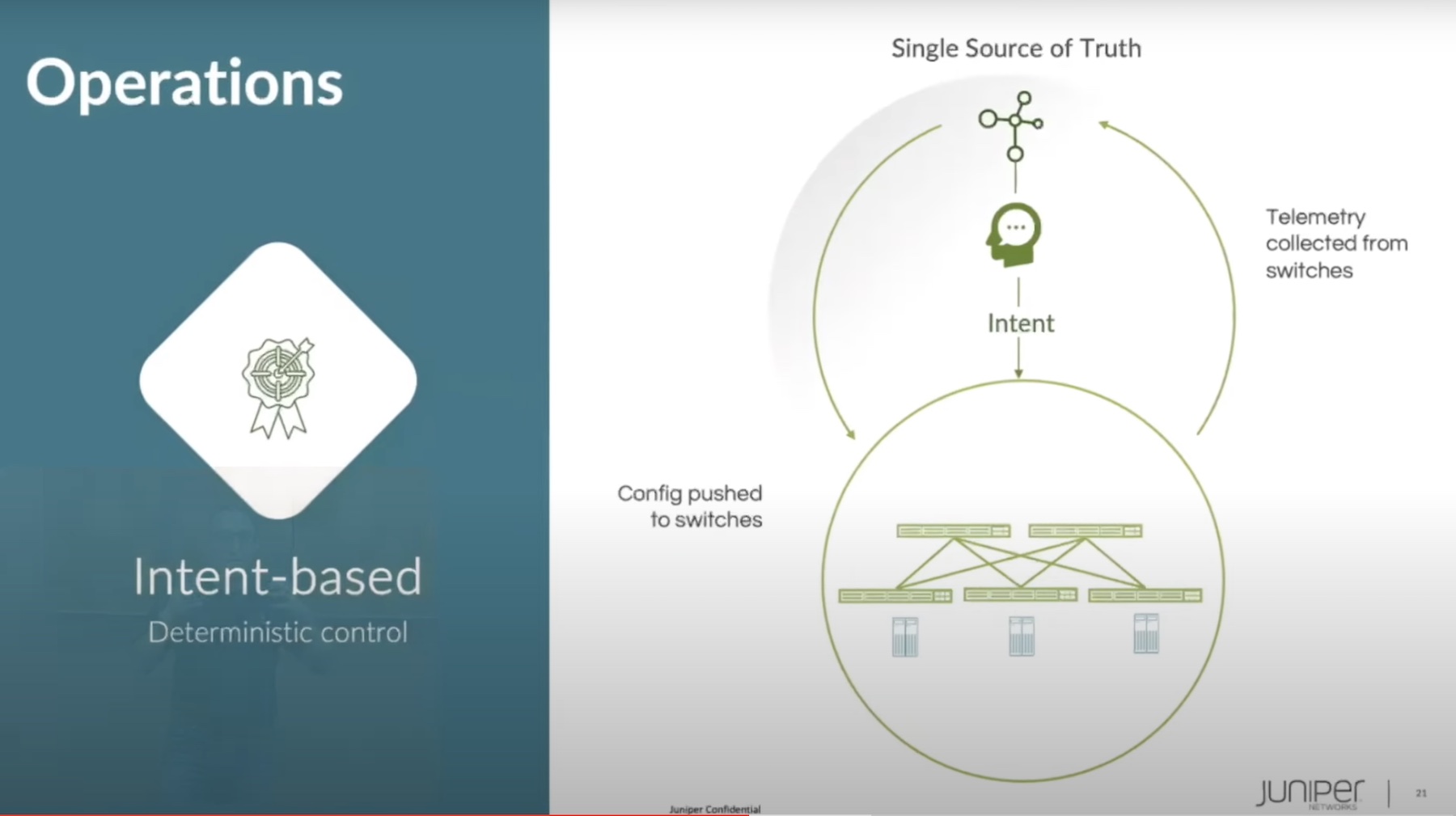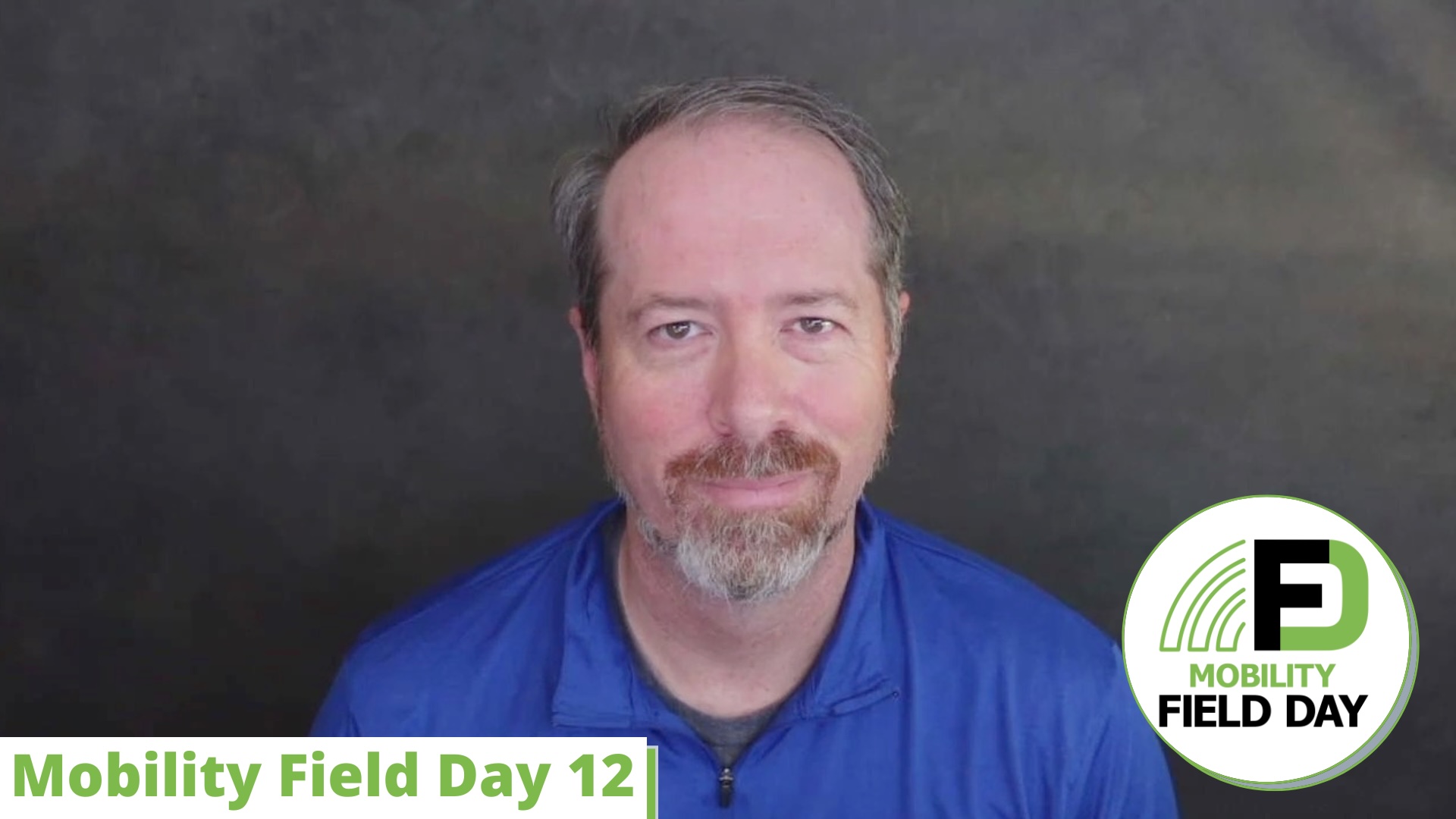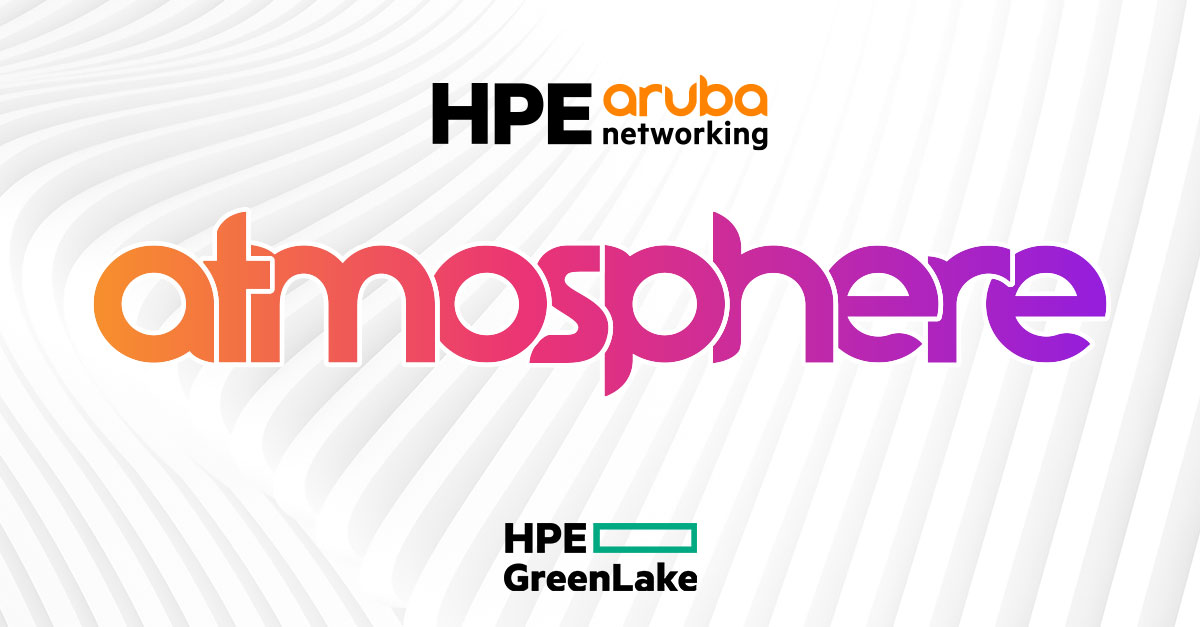Have you tried to run cable in a datacenter recently? There are companies that can do a great job of running fiber all over the place for you and terminating it to give you the connectivity you need to your server racks. If you work in an industry that requires you to have on-premises infrastructure and won’t allow you to use the cloud, then you know how important it is to ensure that these little details are wrapped up.
However, what if you work in an enterprise with additional restrictions on how your infrastructure is installed? You may have the fortune to work in a modern building with drywall everywhere and standard construction from the late 20th century. What if your building was built before that? How about universities that pre-date the American Revolution or government buildings that have been around since the time Columbus sailed across the ocean? Having an old building introduces new challenges to bring it into the modern age without destroying the essence that makes it old and unique.
Bolting cables to the sides of the wall isn’t a good option, both from a visual perspective and a support perspective. These buildings rarely have hanging ceilings or walls with sufficient gaps to run additional cabling or pull conduits. If the building has been around for hundreds of years, it was built to last and that means tight construction or solid materials that don’t like to be bored through or torn up.

Tunneling Through the Air
To meet this unique set of challenges, a new company has emerged to tackle the goal of creating datacenter cabling without cables. Airvine came out of stealth mode during Networking Field Day 23 and showed the work that they’ve been putting into solving the problem. I’ll let CEO Vivek Ragavan take it from here:
The idea behind Airvine is pretty novel. But running these endpoints around the perimeter of the office at the base of the ceiling, you can create a line-of-sight connection between two of them. That means that you can create point-to-point links without pulling a cable across the office. When you need to penetrate walls, you put two of the units back-to-back on either side of the wall and let the antennas pump up the signal to get through the materials. I’m sure that there are materials that don’t allow for sufficient penetration, such as high-density concrete or materials designed to attenuate radio signals. However, based on the specs given by the Airvine team, these devices should penetrate older constructions like the kinds that are found in old education or government buildings.
The ring-based nature of the topology means that a failure in any one node does not take down the whole network. This functions like SONET as opposed to a wireless mesh. It means that the loss of a carrier unit can be recovered from and operations can continue, even if in a degraded state, until a replacement can be configured and installed. This is the forward-thinking that modern companies need to take into account when building solutions like this. If you’re installing networking into an old building, you need to ensure that it’s going to stay up in the event that something happens to a single node. Fiber cuts in a datacenter are rare, aside from the random accident. Likewise, you need to ensure that same level of resilience when losing a node in your other connectivity options.
One other piece of information that came from the Airvine presentation that I found interesting is the Minimum Viable Product journey for Airvine. The current WaveTunnel release that will be available in early 2021 is based on 802.11ad 60GHz wireless technology. That tech can be found today in a number of outdoor point-to-point bridges. Given that WaveTunnel serves a similar function indoors, this isn’t surprising. Getting the product out of the door for testing and certification is important. Ragavan and his team said that the next phase for their development is to create a proprietary protocol that provides them with more flexibility for the communications and higher data rates than can be realized with the existing standard. I have to applaud Airvine for taking the route of using what is available now to get things to market and gauge interest while working on a new solution that is faster and more flexible.
Bringing It All Together
You could say that Airvine is looking at a somewhat specific problem and trying to provide an equally specific solution for it. I think the majority of people that run cables through a datacenter aren’t going to appreciate the way that Airvine solves challenges that were previously almost impossible to solve without significant engineering time. The response to their solution will help prove that the market for datacenter cabling in challenging environments exists while simultaneously allowing Airvine to develop the next version of WaveTunnel to accelerate those connections and prove that there is value in looking at problems in a novel way. You’re going to want to pay attention here and see where this develops in early 2021.
If you would like to learn more about Airvine and their WaveTunnel wireless solution, check out their website at http://Airvine.com




